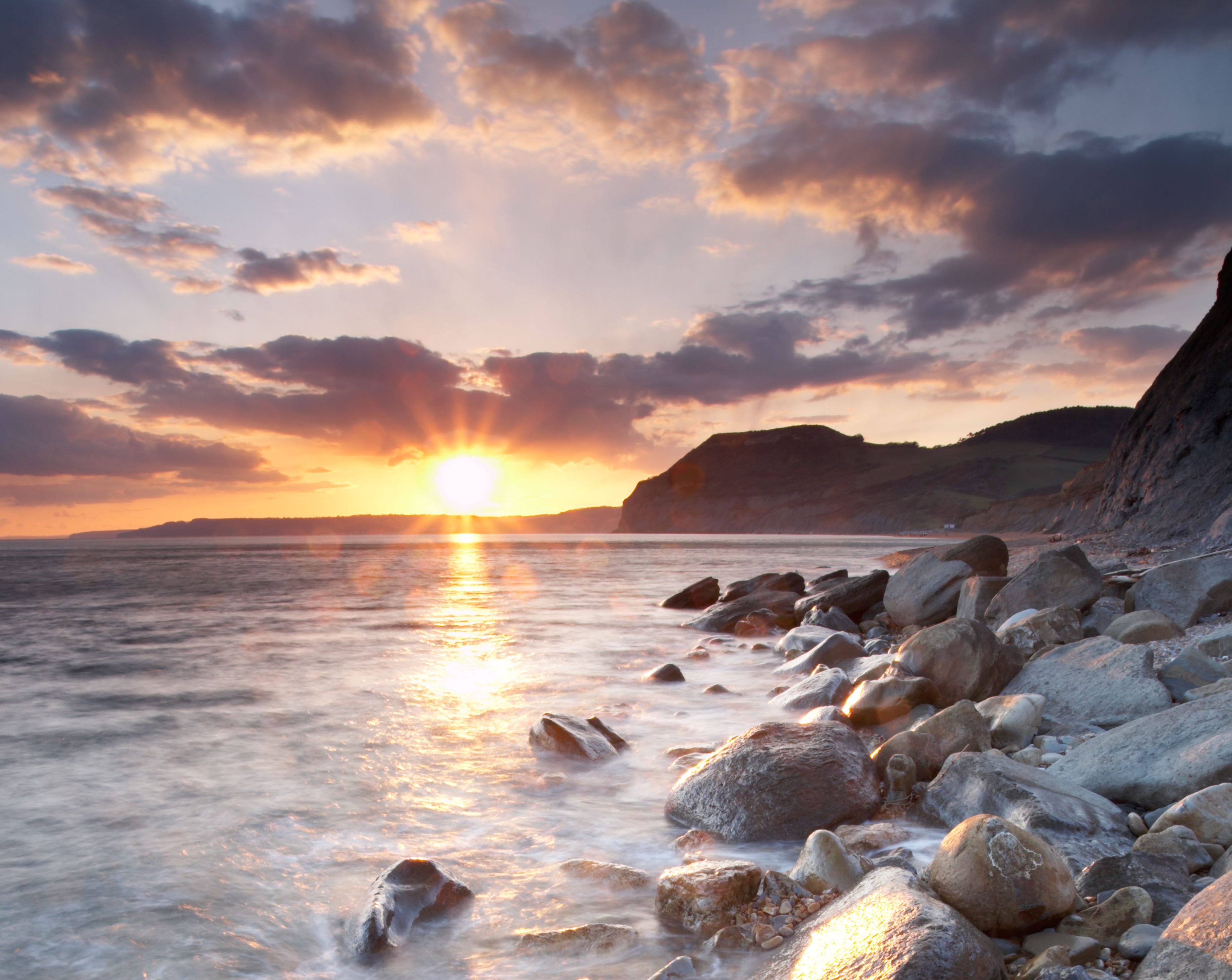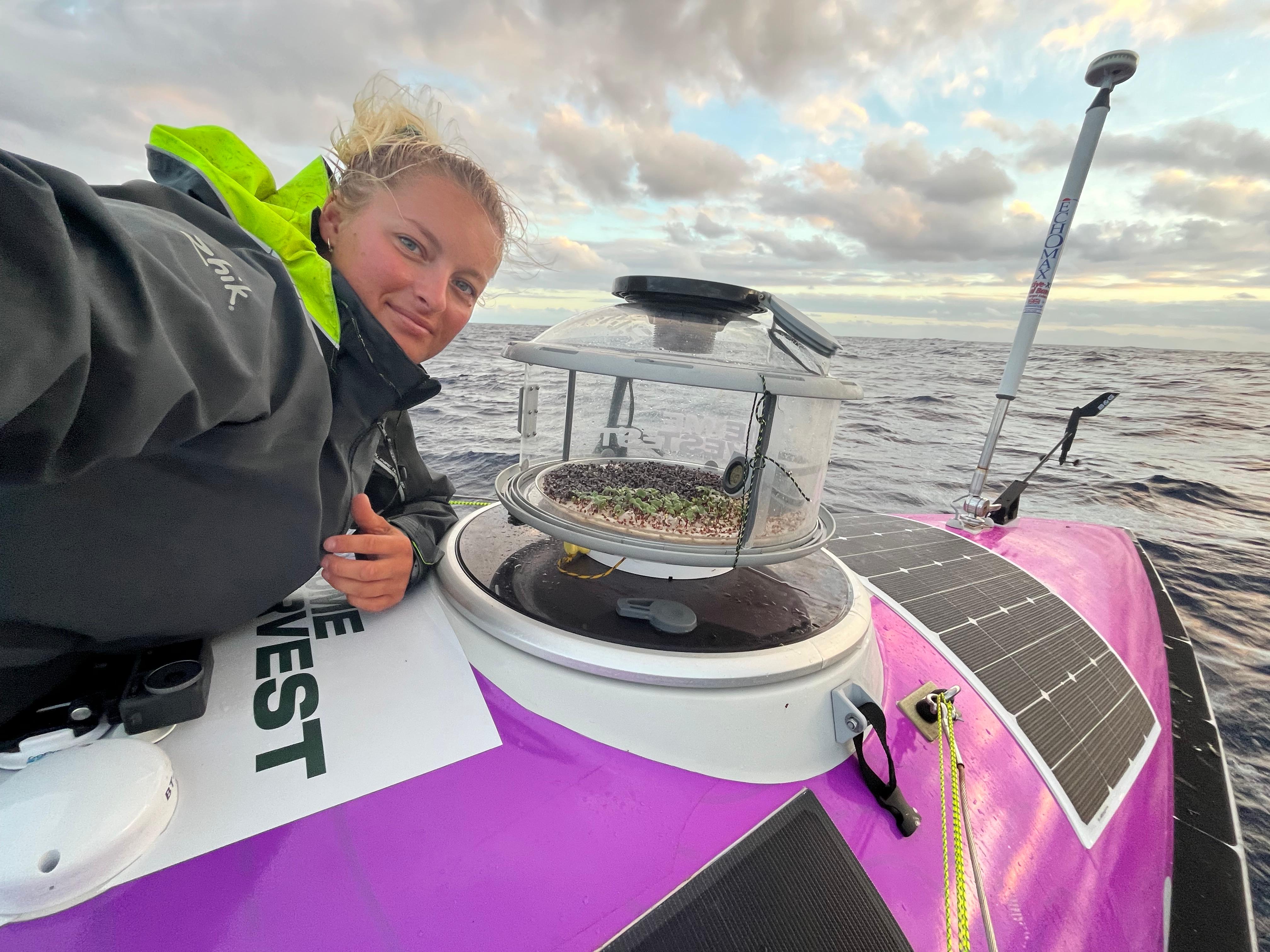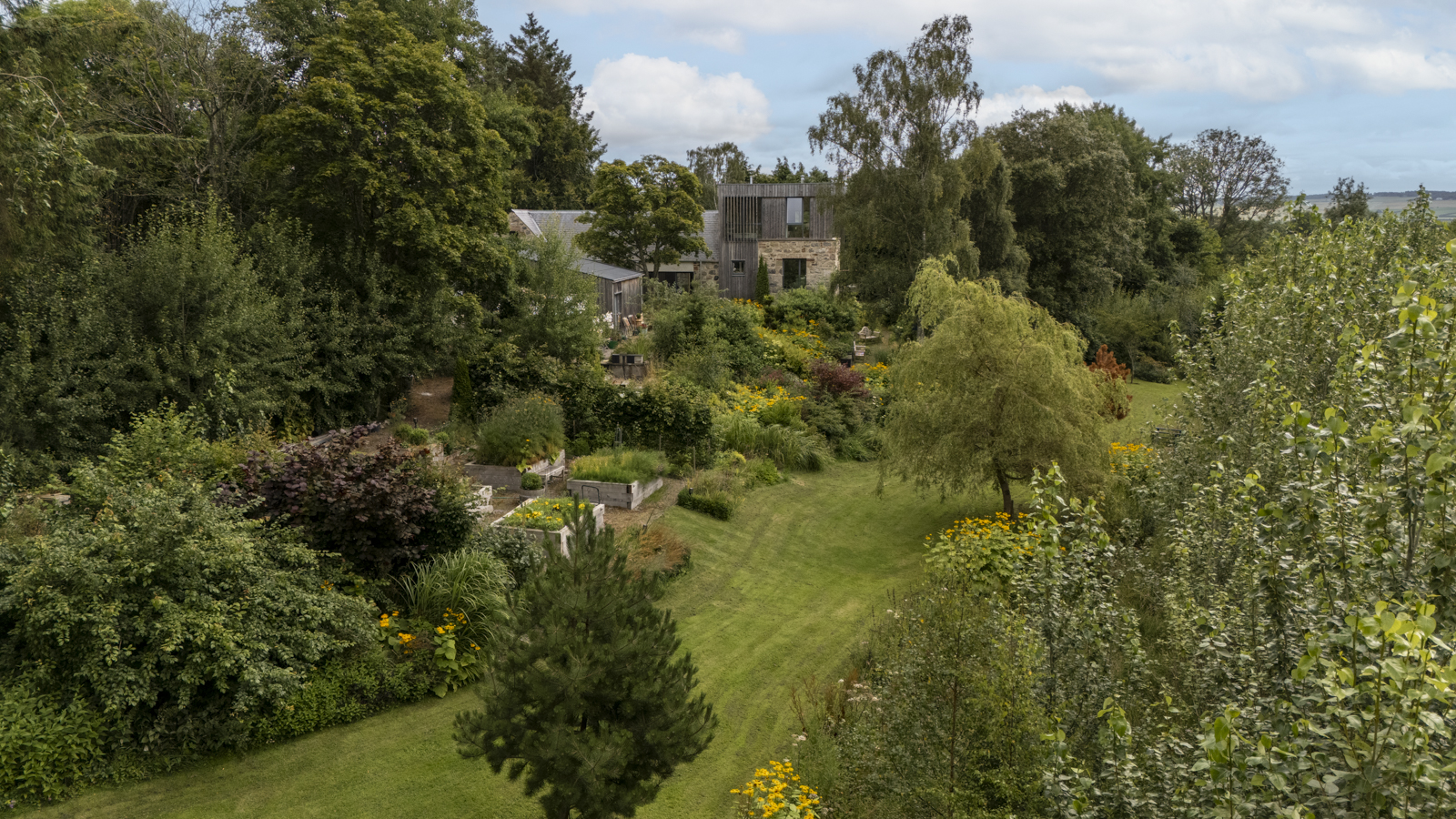Jason Goodwin: 'I was ashamed to think that, had Aivazovsky popped a frame around it, we might have found the whole effect absurd.'
Jason Goodwin takes a lovely trip to the seaside and witnesses a view so spectacularly vivid that it reminds him of paintings by the Armenian-Russian painter Ivan Aivazovsky.

We had an Ivan Aivazovsky moment at the beach on Friday night. The Armenian-Russian painter did thousands of luminescent seascapes, was a favourite in St Petersburg and died a Privy Counsellor in 1900. His canvases are awash with colour and remain very popular, although they often involve almost grotesquely romantic light effects. Chekhov found him fascinating, a combination of ‘a general, a bishop, an artist, an Armenian, a naive old peasant and an Othello’.
I suppose it is because the season is short that these beach outings stick so firmly in the mind. The beach smelled like a Turkish lorry park, shimmering behind a charcoal gauze. Knots of people sat around their fires or puffed at barbecues on their hands and knees. The air was still, the sea flat calm.
Ellie and Nick had brought canoes and, every now and then, someone would paddle off into the blue yonder, leaving the rest of us lazily debating the merits of paddleboards and kayaks.
We grilled our halloumi and shish kebabs on a barbecue that looked like a tiny spaceship landed on the shingle. We had salads and pitta breads and Harry supplied the beers.
The huge sweep of Lyme Bay, from Portland Bill around to Lyme and the dim cliffs at Beer, had taken on the most ridiculous colour, a sort of opalescent eau de nil that leached out into a backlit violet streak towards the horizon. The parents of smaller children began leaving with their tired charges.
Some evolutionists believe that, long after we adapted as a species to life on dry land, growing legs and arms and all the rest, we returned to the water for a significant time and became very mildly aquatic.
The fashion for water births has something to do with it and the way our body hair is oriented, conforming to a pattern that would help us to move through the water and perhaps, when we were much hairier, to keep us dry. It apparently follows the lie of otter fur more closely than the nap of the fur on your dog or cat.
Exquisite houses, the beauty of Nature, and how to get the most from your life, straight to your inbox.
'A swarm of bees? A distant motorbike? Out broke Flower of Scotland '
When I next rolled around to take in the view, Golden Cap was dark against the setting sun, its flat top exploding in streaks of red and magenta. Seaward, a line had been drawn across the water’s surface: rippled and alive close to the shore, it seemed to flatten out beyond, allowing planes of glowing colours to play across it like cooling glass or oil in a puddle.
Overhead, the clouds formed a straight line in the sky, a shelf sliding out to sea, beyond which the blue sky darkened in the east.
Only half a mile east of here, the French once swooped in and removed an entire village, and this is the thing you can say about the beach: you can never tell what will happen next. As the sun’s rays from Golden Cap began firing out across the sky like party streamers, Kate cocked her head. ‘Bagpipes,’ she said.
We listened, catching a faint buzz in the air. A swarm of bees? A distant motorbike? From the cliffs above, the wheeze of a drone began to squeak and amplify, followed by a shifting skirl of pipes. Out broke Flower of Scotland, forcing itself over the cliffs, across the shingle and out to sea.
The sky had turned into a riot of pinks and lilacs, but, as it sank towards the sea, the two began to meld, leaving only a false horizon, a metallic cobalt, bright and glistening, etched with the pipes’ lament. It was astonishingly vivid and I was ashamed to think that, had Aivazovsky popped a frame around it, we might have found the whole effect just mildly absurd.
-
 How a floating salad farm fueled two record-breaking rowers across the Pacific Ocean
How a floating salad farm fueled two record-breaking rowers across the Pacific OceanMiriam Payne and Jess Rowe grew cabbages and radishes on their small boat while rowing more than 8000 miles from Peru to Australia.
-
 A wreck's renaissance: The 150-year-old mill that was falling apart stone by stone, now a beautiful Highland home ready for the next century and a half
A wreck's renaissance: The 150-year-old mill that was falling apart stone by stone, now a beautiful Highland home ready for the next century and a halfBogbain Mill's award-winning transformation was a labour of love for the owner, but it's now time for them to move on.